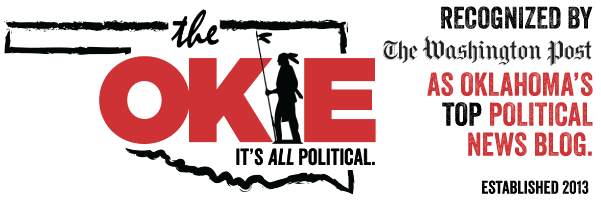Carnuccio: Free Market Friday: Workplace freedom
Free Market Friday: Workplace freedom
By Michael C. Carnuccio, Guest Columnist
I’m just returning from Albuquerque, N.M., where I had the privilege of speaking to lawmakers, business leaders and citizen activists about the benefits of becoming a right-to-work state. While not believing the reform is politically viable at the moment, Oklahoma’s border state is looking for big, bold visions to transform its economic competitiveness in the region.
They are watching our better-than-average growth and interested in learning what the experience has been like, which gives us an opportunity to reflect on what bold leadership has done for our state.
People and businesses vote with their feet. For the seven years before becoming a right-to-work state, Oklahoma’s net migration was a loss exceeding 10,000 households and more than $1 billion in income to other states.
Since Oklahoma became the 22nd state to pass right-to-work legislation, we have seen personal income and manufacturing productivity rise, the state has become more competitive throughout our region and, most importantly, the workplace has become a much freer environment.
Right to work has increased Oklahoma’s per capita personal income and private sector compensation. Oklahoma had 55-percent PCPI growth in the nine years after right-to-work passage. The year before right to work, the Sooner State ranked 43rd for states in PCPI; today, the state is 32nd. According to the federal Bureau of Economic Analysis, total private sector employment increased 8.1 percent from 2003-2010. Over the same period, inflation adjusted data show that real private sector compensation expanded at a rate 13 times the non-right-to-work-state average.

